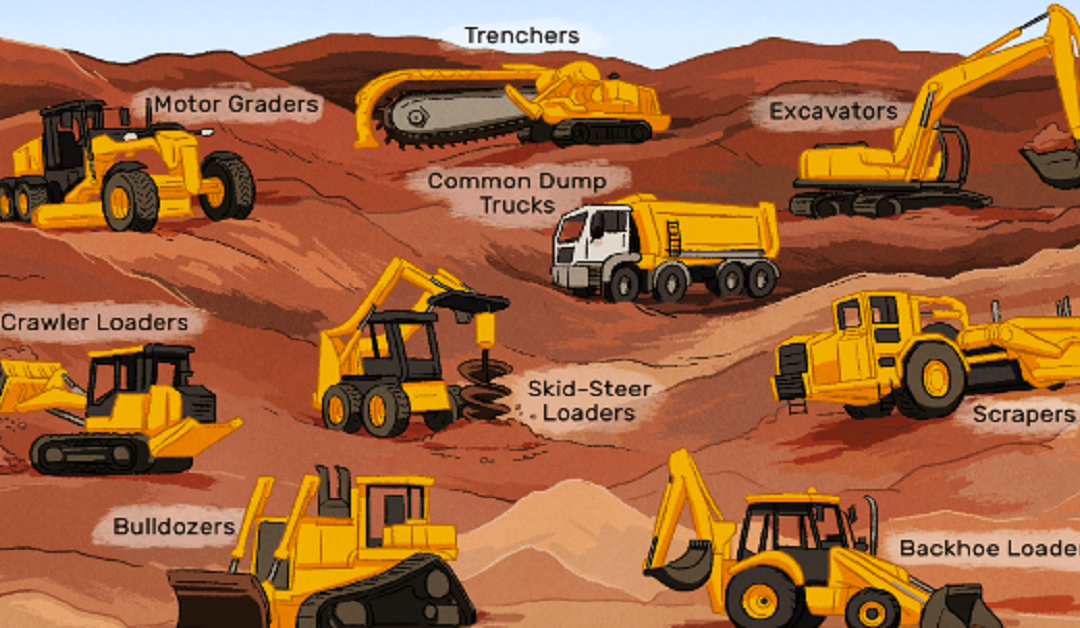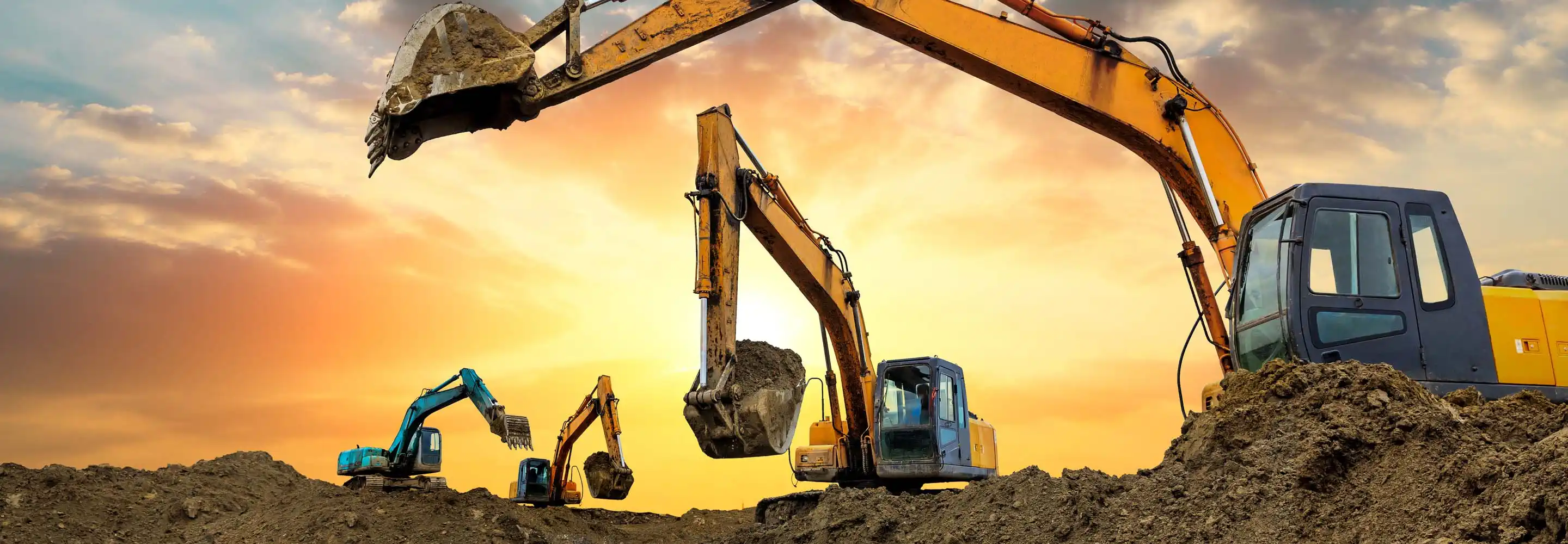Aerial Lift Rental for Construction and Maintenance Projects
Aerial Lift Rental for Construction and Maintenance Projects
Blog Article
Leasing Vs. Buying Building Equipment: Making the Right Choice for Your Task
When beginning on a construction project, one of the vital choices that project supervisors and stakeholders deal with is whether to lease or get building devices. The decision pivots on different variables such as price considerations, task period, equipment upkeep, flexibility, threat, and scalability monitoring.
Cost Considerations
When reviewing the monetary element of acquiring versus leasing building equipment, the long-lasting expenditures and in advance prices must be very carefully considered. Leasing devices frequently requires reduced first repayments compared to purchasing, making it an appealing option for short-term tasks or specialists with spending plan constraints. Leasing eliminates the requirement for large funding expenses and reduces the economic risk connected with devices possession, such as maintenance and depreciation costs. Nevertheless, over time, consistently renting tools can accumulate higher costs than purchasing, specifically for prolonged jobs.
On the other hand, purchasing building equipment includes higher ahead of time expenses yet can lead to long-term savings, especially for long-term tasks or constant users. Possessing equipment supplies adaptability, ease, and the potential for resale worth once the job is completed. Furthermore, having devices allows for personalization and knowledge with particular machinery, possibly increasing effectiveness and efficiency on-site. Ultimately, the decision between getting and renting building and construction devices depends upon the task's duration, frequency of use, budget plan considerations, and lasting financial goals.
Task Period

Conversely, for long-lasting tasks or continuous construction job, buying tools might be the much more affordable option. Getting equipment can cause cost financial savings over time, especially if the equipment will be regularly used. Additionally, possessing devices gives a sense of control over its schedule and enables modification to fit particular job demands.

Tools Maintenance
Offered the crucial role project duration plays in identifying the most cost-efficient technique in between renting and acquiring construction tools, the emphasis now shifts towards examining the vital aspect of equipment upkeep. Proper maintenance is vital for making certain the optimum efficiency and long life of building and construction tools. Renting out equipment commonly comes with the advantage of having well-maintained machinery provided by the rental company. This can alleviate the worry of maintenance jobs from the task owner or specialist, conserving effort and time. On the other hand, owning devices calls for an aggressive approach to maintenance to prevent address malfunctions, make certain safety, and prolong the equipment's life-span. Normal assessments, servicing, and timely repairs are necessary to keep owned and operated equipment in leading functioning problem. Consider maintenance prices when making a decision between leasing and purchasing, as ignoring upkeep can result in expensive repairs, downtime, and task delays. Ultimately, a well-kept building equipment fleet, whether rented or had, is vital for the successful and effective completion of construction jobs.
Versatility and Scalability
In the world of building equipment management, the facet of versatility and scalability holds substantial value for project performance and source application. Opting to rent building devices provides a high level of adaptability as it allows for the fast change of devices types and quantities based on the developing demands of a project.
Moreover, scalability, an additional critical variable, is inherently connected to flexibility. Renting out building tools provides the benefit of easily scaling operations up or down as project needs fluctuate. Specialists can promptly exchange or add devices to match the task's transforming requirements without the restraints of owning assets that may become underutilized or outdated. This ability to range sources effectively can lead to cost financial savings and enhanced project timelines, making renting a favorable choice for jobs requiring versatility and receptive resource allowance.
Risk Administration
Efficient risk monitoring in construction devices operations is extremely important to making certain project success and mitigating potential economic losses. Building tasks naturally include various threats, such as tools failures, mishaps, and project delays, which can substantially impact the project timeline and spending plan. By look at here now carefully considering the risks related to owning or leasing building and construction devices, task supervisors can make informed choices to reduce these potential dangers.
Leasing construction devices can offer a degree of danger mitigation by moving the responsibility of maintenance and fixings to the rental company. This can decrease the financial concern on the project proprietor in instance of unanticipated devices failures (boom lift rental). Additionally, leasing provides the adaptability to gain access to customized devices for specific job phases, reducing the danger of possessing underutilized machinery
On the various other hand, owning building and construction tools gives a sense of control over its use and upkeep. However, this likewise means bearing the complete duty for repair work, upkeep expenses, and depreciation, increasing the monetary dangers connected with tools possession. Cautious risk evaluation and consideration of aspects such as job period, equipment utilization, and upkeep requirements are crucial in figuring out one of the most appropriate choice for efficient threat management in construction jobs.
Verdict
To conclude, when making a decision in between buying and leasing building and construction devices, it is essential to think about machines used in construction price, task duration, equipment upkeep, versatility, scalability, and threat administration. Each factor plays an essential duty in identifying the most appropriate alternative for the task available. By thoroughly assessing these facets, task managers can make an enlightened decision that lines up with their budget plan, timeline, and overall job objectives.

Report this page